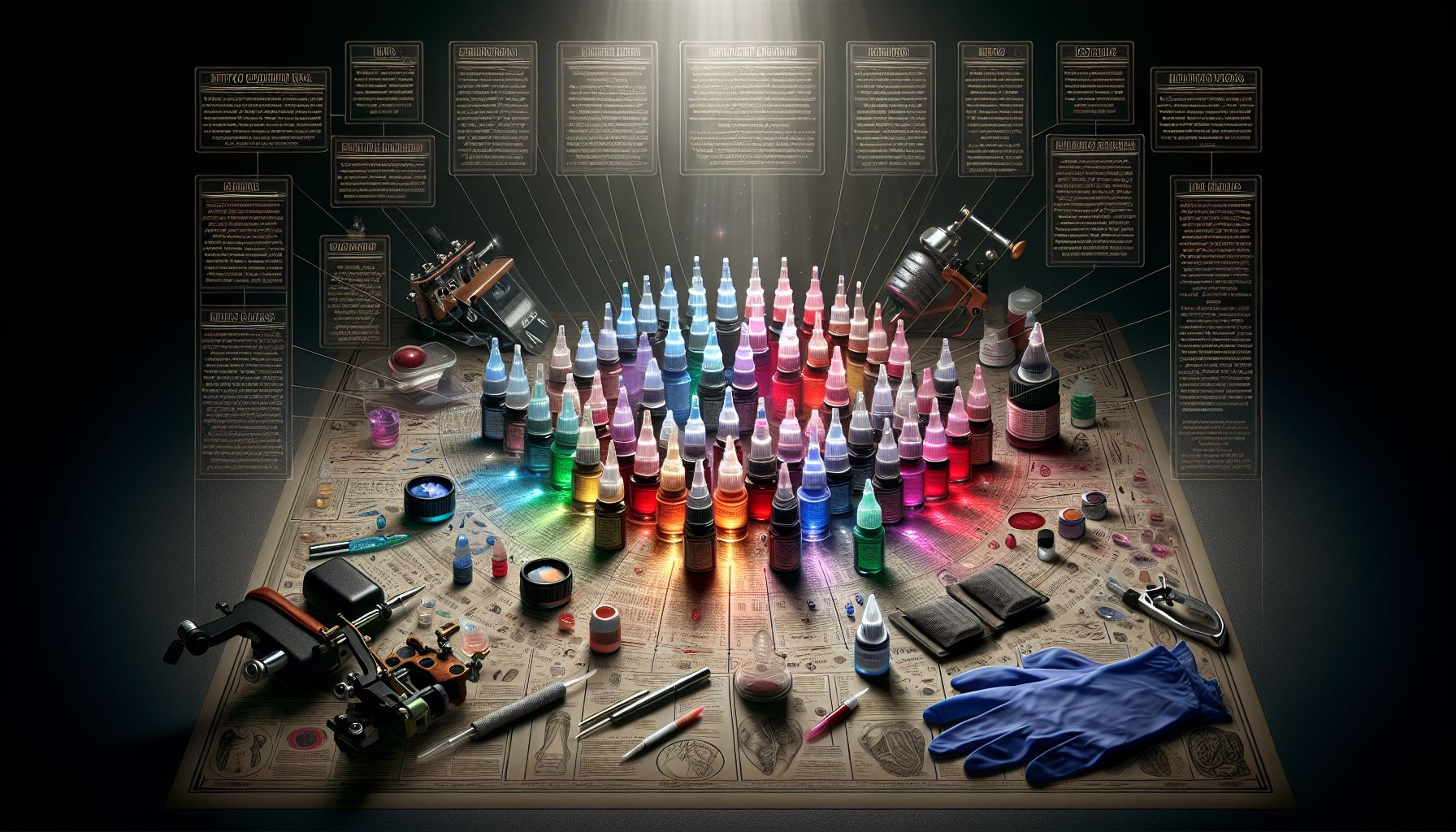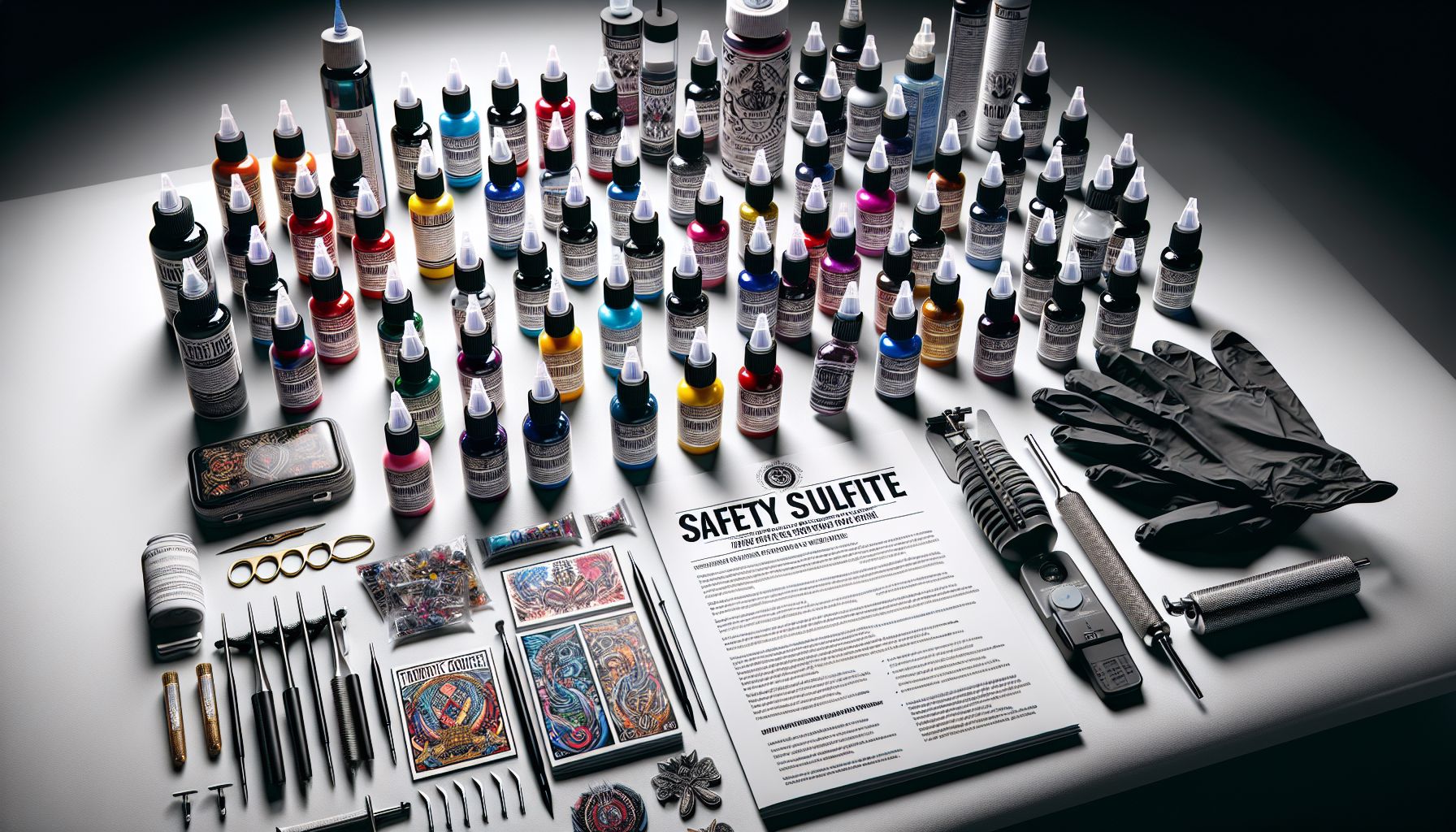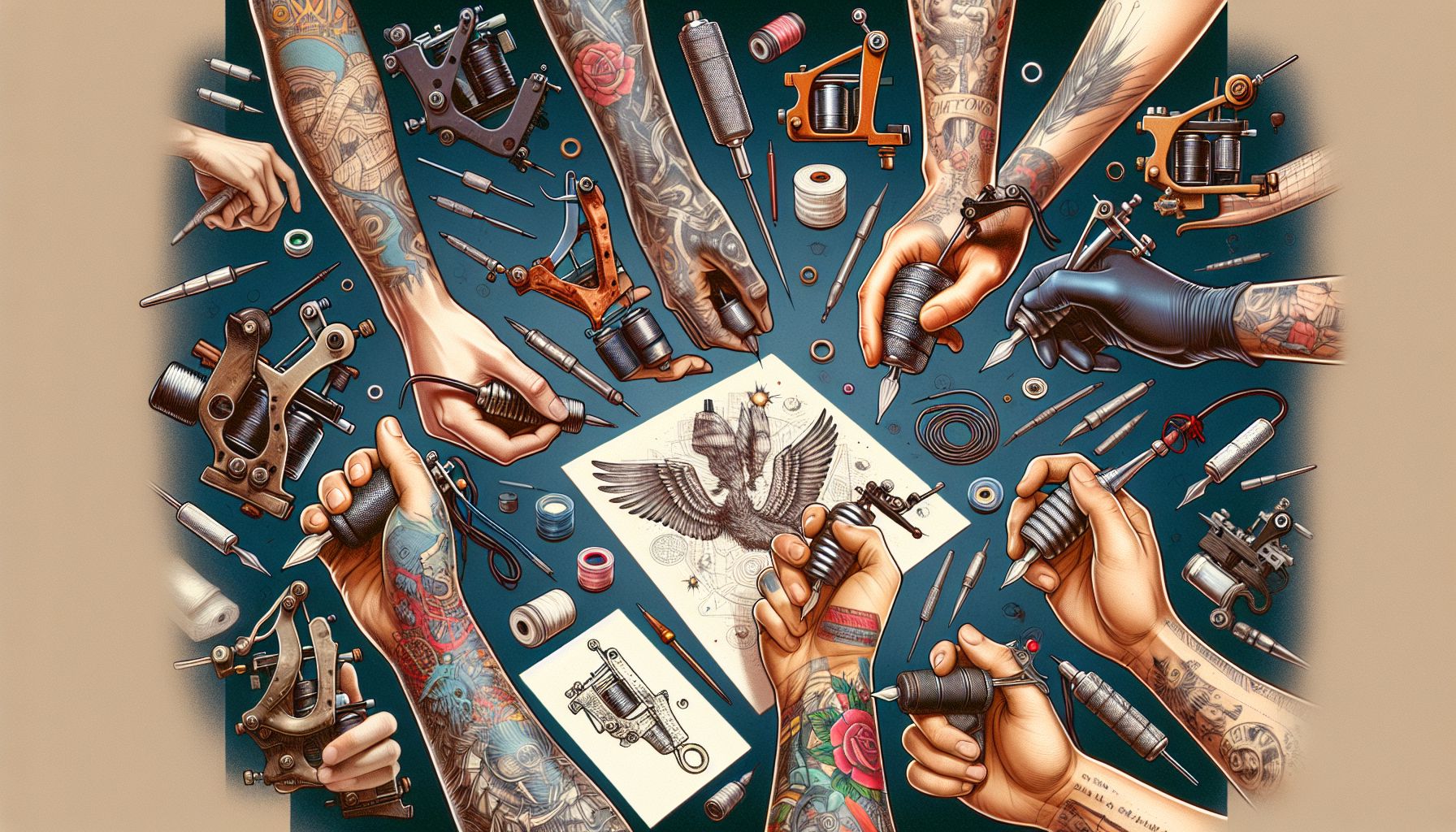The vibrancy of a peacock feather, the crisp lines of a tribal design, or the subtle gradients in a black and grey portrait – the magic behind these evocative visuals lies essentially in the pigments that create them. Tattoo inks, an integral part of any tattoo supplies kit, have an intriguing story of their own. This blog post aims to aid tattoo artists, particularly newcomers to the craft, in understanding the intricacies of these colorful potions.
Tattoo inks have evolved significantly over time. In the early days, tattoo ink was frequently handmade, typically using ingredients such as soot and ash. However, the modern world of tattoo supplies has a plethora of inks to offer, each comprising different elements and suitable for a wide variety of art styles. As an old-timer in the tattoo industry, I’ve witnessed this evolution firsthand, and have gained some insights that I’d like to share with you today.
The Basics of Tattoo Inks
When you browse the aisles (or web pages) for tattoo supplies, you will notice quite a range of tattoo inks boasting different characteristics. Some promote bright, vivid colors, others promise longevity or hypoallergenic properties. At their core, tattoo inks consist of two primary parts: pigments and carriers.
Pigments give ink its color and may be derived from various materials like minerals, plant sources, or synthetic materials. The carrier, usually a solution of water, ethyl alcohol, or glycerin, acts as a vehicle for the pigment, keeping it evenly distributed in the fluid and helping it enter and stay within the skin.
Choosing the Right Inks for Your Art
Knowing to select the right ink within the sea of tattoo supplies has a direct effect on the safety, quality, and longevity of your tattoos. Here are few tips learnt from my years of experience:
1. Prioritize Safety: Always go for inks that are sterilized and non-toxic, reducing the risk of allergies and reactions. Avoid ink with carriers containing harmful substances like denatured alcohols.
2. Consider the Art Style: Remember, different types of inks are suitable for different types of artworks. Tattoo artists often use brighter inks for styles like New School or Traditional, while grayscale inks are favored for Realism or Tribal tattoos.
3. Focus on Quality: With the plethora of manufacturers out there today, you’ll find some striking contrasts in quality amongst tattoo supplies. High-quality inks not only provide a comfortable experience for the artist, but they also allow for brighter and longer-lasting tattoo results.
Trustworthy Tattoo Ink Brands
In my many years of professional tattooing, there have been a few brands of tattoo inks that have consistently delivered in terms of quality, safety, and vibrancy. Intenze, Eternal Ink, and Fusion are popular choices often found in professional tattoo supplies.
The Impact of Tattoo Inks: Then and Now
Over time, advancements in tattoo supplies and their accessibility have allowed artists to push boundaries and continually redefine the limits of the craft. I remember my early days of using limited colors compared to the vast spectrum available today. The revolutionary advancements of tattoo ink have truly broadened the potential of tattoo artistry, fostering newer styles, techniques, and underlying philosophies.
In closing, tattoo inks are not just another item on your list of tattoo supplies, but a sensitive and vital medium that is intrinsically woven with your work as an artist. Understanding and respecting this essential element is a key aspect of becoming a successful tattoo artist. With each dip of your tattoo machine into that tiny ink cap, remember that you hold in your hands a tool that has evolved and adapted just as the art of tattooing has. Stay passionate, stay curious, and most importantly, stay inky!



